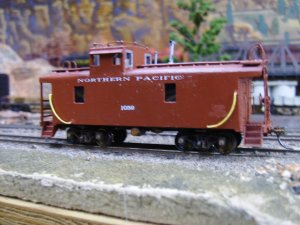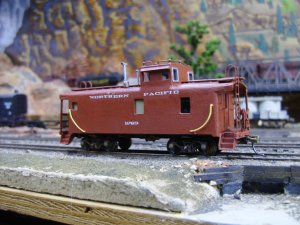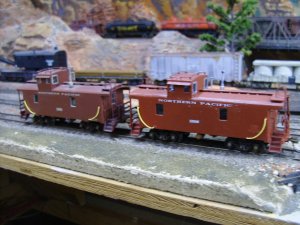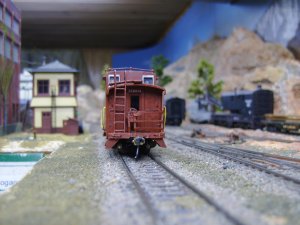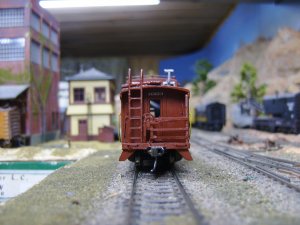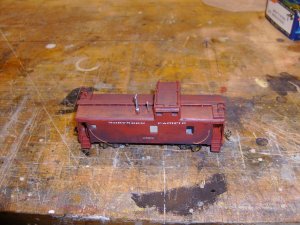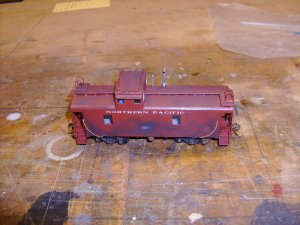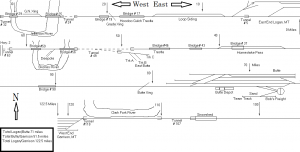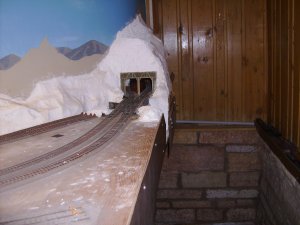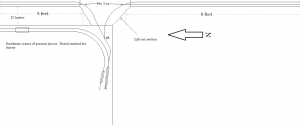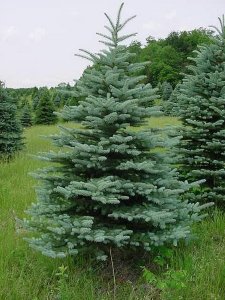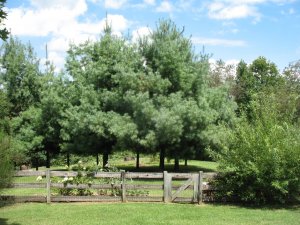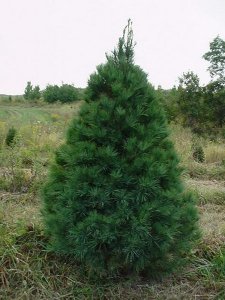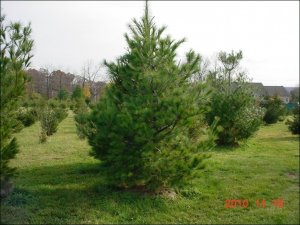Something I have noticed over the years in viewing model railroad videos; or, even in the Model Railroading Press, is pine trees with what I'm going to call a "Bald Head".
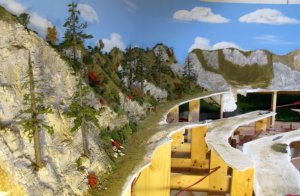
The photo above is from a fellow who has a very long running thread in the HO Scale topic here at Model Railroad Forums. This modeler does absolutely fantastic work and he has a 407 page thread there entitled Building the Pinacle Creek Mining & Timber Company RR. I have no doubt that he has helped many people with their layouts by demonstrating how to do many aspects of model railroading. I can appreciate all that he has done and I don't want to make this discussion about trees to be pointed at his work. He simply has copied what he has seen many other people do! I found an article back in the early 1950s where Jack Work was describing making pine trees. I don't know if this is where the "Bald Head" Pine Trees idea came from. I live in Northern Minnesota, we have pines up the wazoo here, I have traveled through-out states with pine forests, North & South Dakota, Montana, Wyoming, Colorado, etc. and I have to say that I have never seen much in the way of "Bald Headed" Pine Trees. I know what Jack Pine, Norway (Red) Pine, Eastern White Pine, Ponderosa Pine, Douglas Fir, Sitka and the Various other Spruce & Balsam species, Lodge Pole Pine, Junipers, Cedars, etc., etc., etc... look like and they mostly do not have "Bald Heads"!
So, what I'm I trying to say? It's this: The pencil sharpener ends of your pine trees need foliage to cover their heads!
I know I really shouldn't have said anything about this; but, why do such a fantastic job with your scenery, only to have trees that are never; or, very rarely seen in nature, be so prolific on your layout?
Off my soap box! Back to your regularly scheduled programming.

